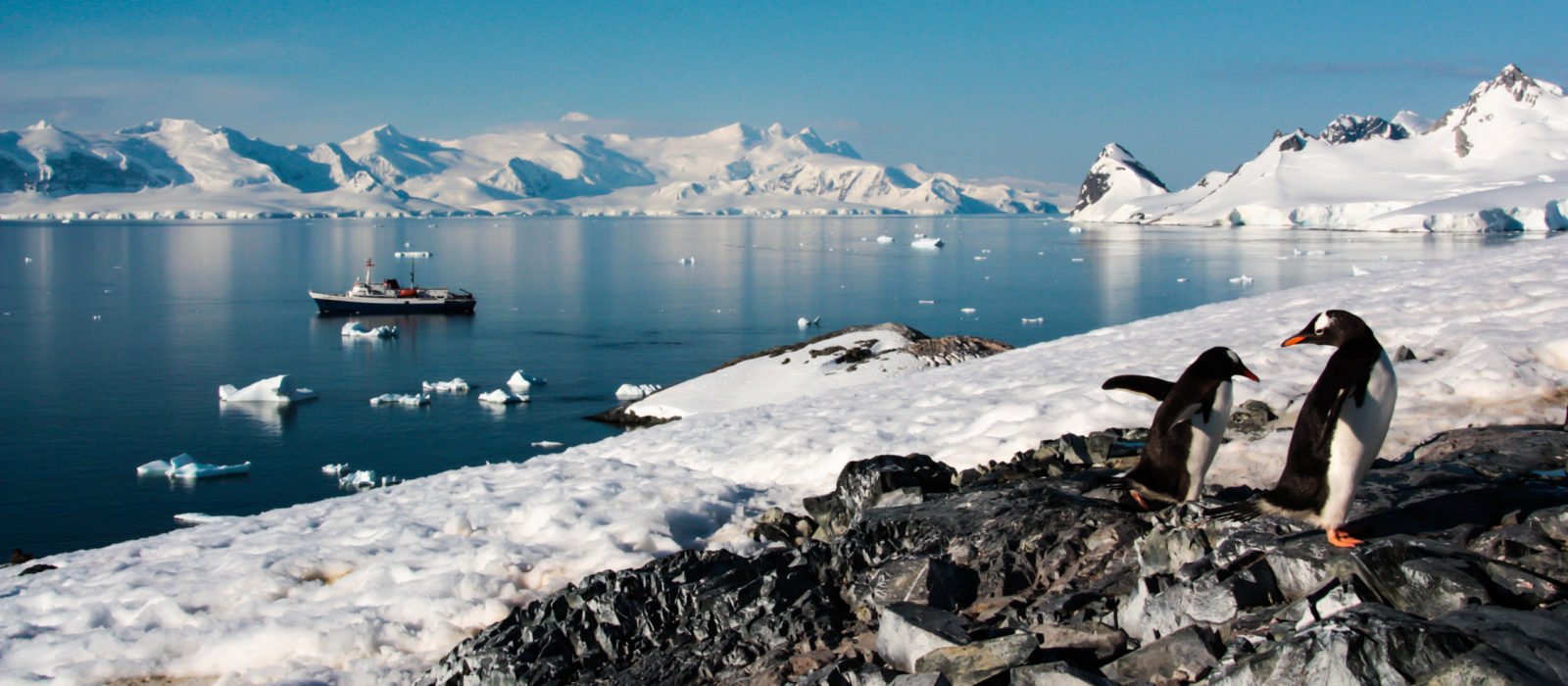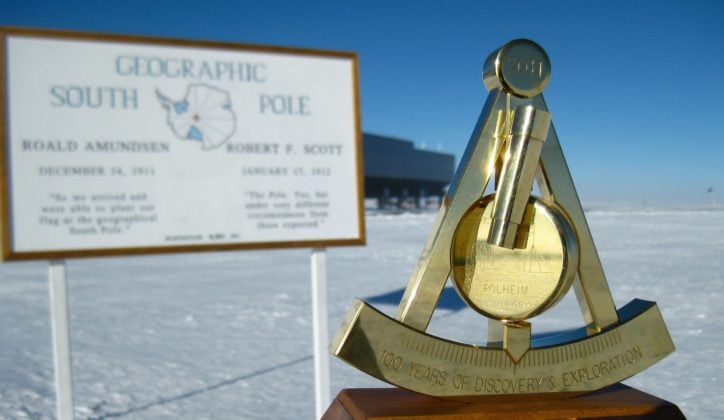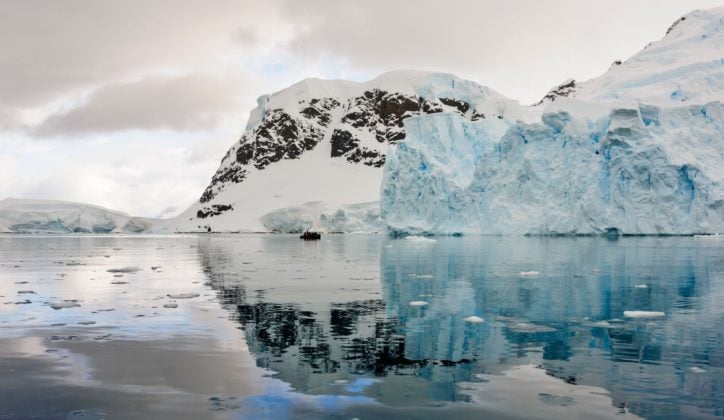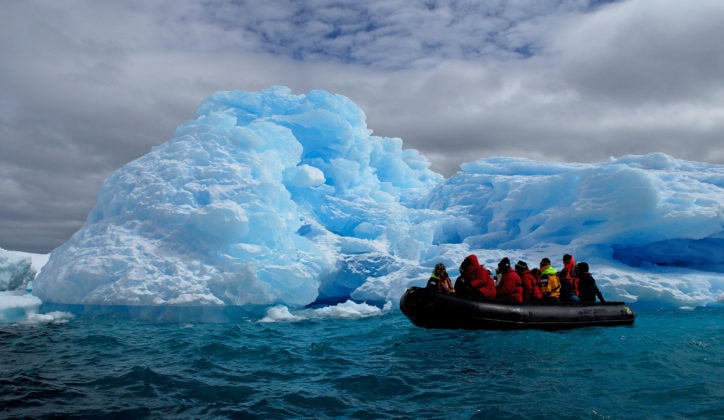Published on: November 30th, 2018
Last modified: April 17th, 2024
Antarctica lies at the end of the Earth, so travellers understandably have a lot of questions about how best to get there.
There are three main options to get to Antarctica: flying from Chile, sailing from Argentina or flying from Cape Town.
Flying is a great option for those who suffer from seasickness or have a bit less time, while sailing through the White Continent allows for endless adventure.
However you like to travel, this is our step by step guide on how to get to Antarctica.

Fly from Punta Arenas, Chile
Fly-in cruises to Antarctica are one of the more hassle-free ways to see this end of the world, with flights going from Punta Arenas in Chile to King George Island, the largest of the South Shetland Islands. Here, you’ll join an Antarctic expedition cruise at the gateway of the Antarctic Peninsula. The beauty of flying from Punta Arenas is that this southernmost city in Chile is close to the incredible Torres del Paine, so you can spend a few days exploring the amazing national park pre or post-cruise.
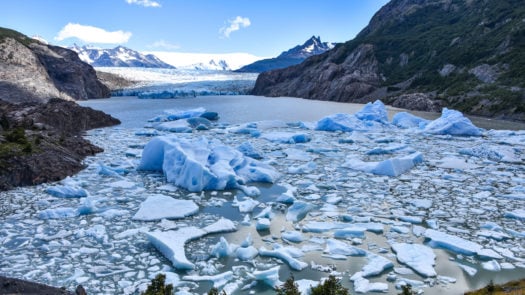
The flight takes a little less than two hours, so a fly-in cruise is a great option for those who are pressed for time or suffer from seasickness. Be aware, though, that the flights tend to be sporadic and often aren’t guaranteed. As the flights cross over the tempestuous Drake’s Passage, their departure is dependent on the weather conditions. If you’re set on visiting Antarctica with a fly-in cruise, make the expedition between December and February; this is the only time of year when weather conditions permit this route. On the cruise itself, you’ll explore this magnificent untouched landscape in many ways, including Zodiac boat excursions, spotting sea birds, penguins, seals and whales and on-board lectures.
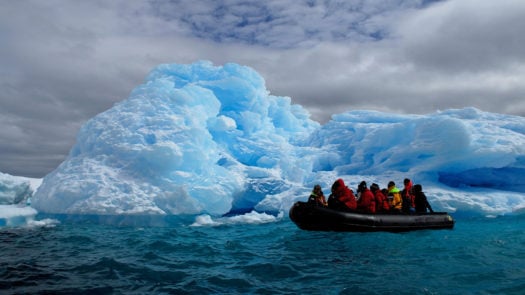

Sail from Ushuaia, Argentina
The historic, and much more intrepid, way of journeying to Antarctica is by sailing there from Ushuaia in Argentina. The voyage typically takes two days each way, but the departures are usually guaranteed, as the luxury expedition cruises are better equipped to handle adverse weather conditions. Sailing the Southern Oceans is a privilege and a luxury that few get to experience, making this crossing truly is a once in a lifetime trip. The best time to go on one of these cruises is during Antarctica’s summer, from November to March. December to January is the optimum time for penguin sightings, while February to early March are great for whale watching and spotting fur seals.
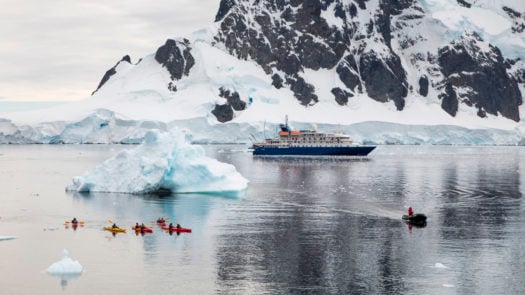
Over a ten day Antarctic Peninsula cruise, you’ll sail through the famous Drake’s Passage before making your way to Neko Bay, Port Lockroy, Deception Island and the Weddell Sea. With environments ranging from stormy to serene, sailing through Antarctica gives travellers a true insight into this largely undiscovered tip of the globe. To watch the harsh wild unfold in front of you, you can board fully equipped Zodiac boats to get up close to penguins, blue whales, orcas and fur seals.
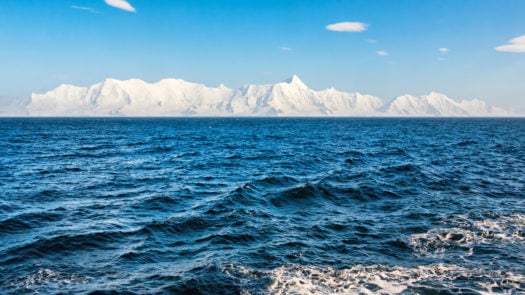

When is the best time to visit Antarctica?
The best time to visit Antarctica is between December and March. During these months, you have a greater chance of spotting penguins and whales, and temperatures are milder. You can go any time from November to April, but these are the only months of the year when Antarctica is accessible. From May to September, it’s physically impossible to reach the continent.
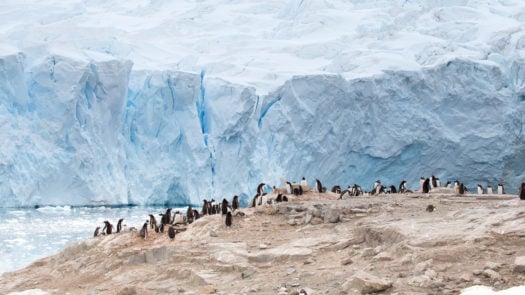
For penguins
For your best chance of spotting Antarctica’s penguins, visit in November. Around seventeen species of penguins migrate to Antarctica to breed, and November is when they come to shore to court one another. The landscape tends to be much fresher during this time too, so it’s a great time to go for budding photographers. The penguins usually stay in Antarctica until around March, so there’s plenty of time to catch them.
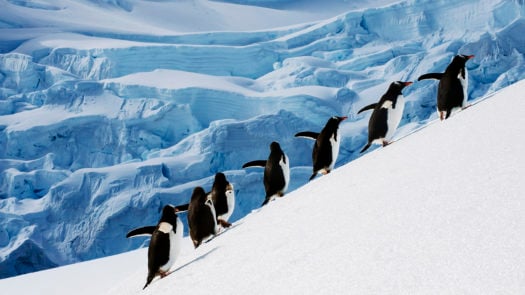
For daylight
With over 20 hours of sunshine per day, between December and January is the most welcoming time of the year to visit the White Continent. The weather averages 26 F, so these months are considerably warmer than the rest of the year. During this warmer weather, wildlife is at its most active. You’ll be able to see some amazing creatures, such as newborn seal pups and penguin chicks. Temperatures remain relatively high into February and March, so Antarctica is still relatively hospitable during these months.
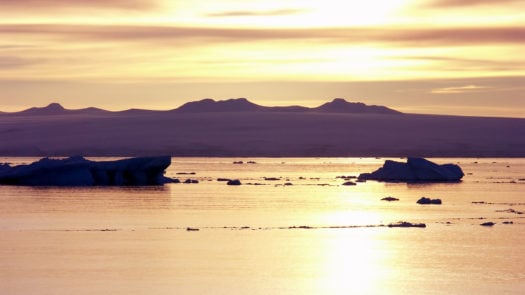
For whale watching
Whale watching is at its best during February and March. Orcas, sperm whales and humpbacks head to the south during the summer to feed on krill fish. As they travel in huge pods, witnessing humpbacks and orcas travelling is a magical experience. It’s best to go as early as possible for your best chance of spotting other wildlife, as many animals start leaving the peninsula during these months to avoid the dropping temperatures.
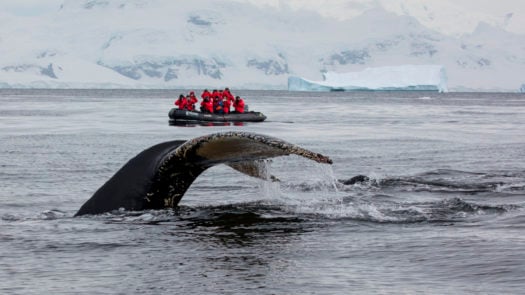
Discover the White Continent
Feeling inspired? Our expert travel designers are always on hand to help you plan your luxury expedition to Antarctica.
